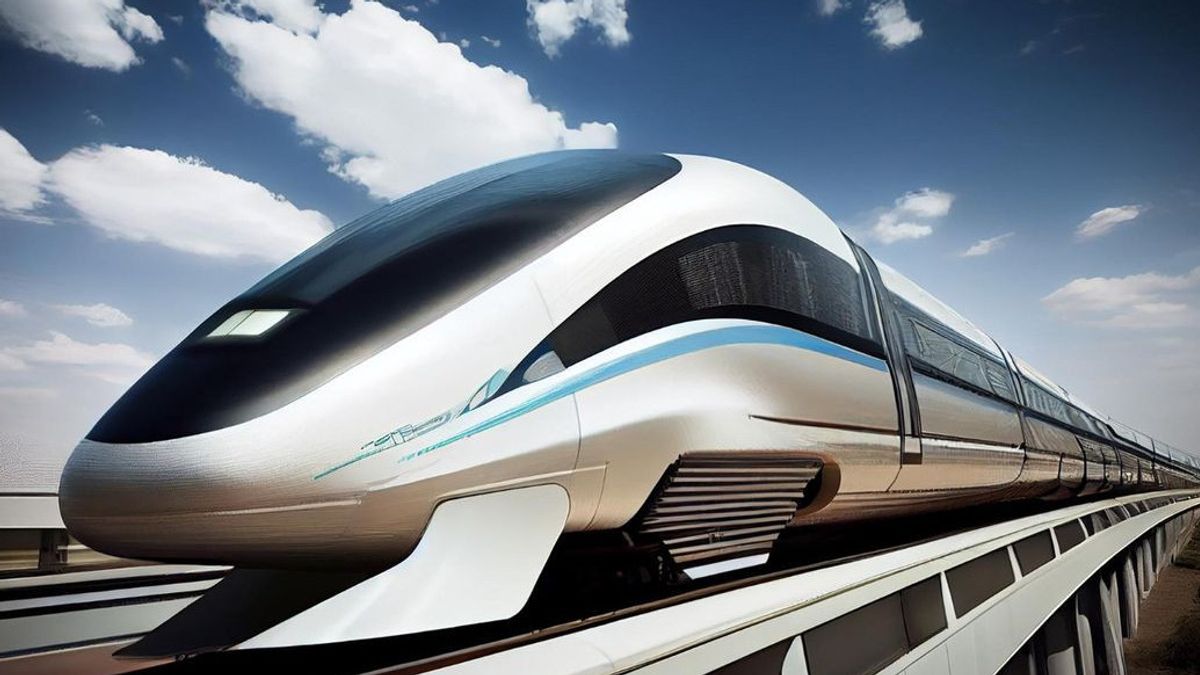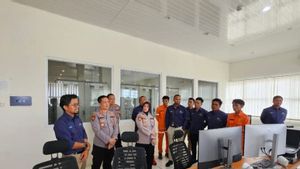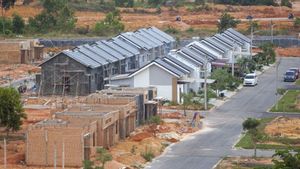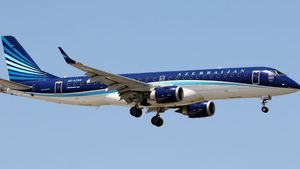YOGYAKARTA - High Speed Rail Jakarta-Bandung became the first high-speed train in Southeast Asia. Several countries have also started to build high-speed trains, but unfortunately the project had to stall due to several factors. So which countries have failed to build high-speed trains?
The construction of the high-speed train is a big project that requires high costs and a long process of work. The work on the high-speed rail project in Indonesia has actually been planned since 2008. However, the implementation of the project was stopped and delayed until the discourse was raised again in 2015 when President Jokowi took office.
If you look at the construction process of the Jakarta-Bandung HSR, the high-speed rail project is prone to cost overruns. In addition, the complex and complicated work also has the potential to delay the project until it stalls. It is proven that several countries have failed to build high-speed trains.
The construction of high-speed trains in many countries is often colored by polemics, with general problems with high costs and length of time to return capital. Without careful calculations, the high-speed train project can actually cause losses.
As has been experienced by Indonesia in building the Jakarta-Bandung high-speed train. This project experienced a huge cost overrun, thus making the state budget worse because it participated in funding. But in the end, Indonesia succeeded in realizing the fast train and soon the community could feel the benefits.
Meanwhile, a number of countries have had to bury their dreams of having a high-speed train. Here are some countries that failed to build high-speed trains:
Despite being a developed country, the United States (US) has not succeeded in realizing high-speed rail transportation. This US-owned high-speed rail project had to stall even though some infrastructure had already been created. The officials handling the project revealed the cause of the halt to the project because the funding was insufficient.
In 2008, the state government of California agreed on a plan to build the first high-speed rail line in Uncle Sam's country. The high-speed train is targeted to connect Los Angeles with Central Valley and San Francis. However, 15 years later and several points of the route have been controction, there is still no one mile of the route being built.
The high-speed rail project in the UK must also run aground even though construction has begun. Rishi Sunak, British Prime Minister, announced the decision to end the second phase of the high-speed rail project connecting London with Manchester with a track spanning 530 kilometers.
The decision to stop the high-speed rail project has drawn polemics in the country. The community has been divided into two parties, some are supportive and some refuse because the project is considered to have drained the budget. In a speech, Sunak assessed that the jumbo budget for the high-speed rail project should be diverted to other transportation projects that are more prioritized.
Malaysia also chose to stop the planned high-speed rail project from Kuala Lumpur to Jurong in Singapore. The two neighboring countries have actually signed a new agreement to postpone the construction of the high-speed train until the end of May 2020.
However, Malaysia then canceled the high-speed rail project because it was considered very burdensome and burdened the state's finances. Although a small part of the infrastructure has been built, in the end the project has to stall. The Jiraneng state government refused to use state money to fund investments in the construction of high-speed trains and is currently looking for private parties interested in continuing the project.
That's a review of countries that fail to build fast trains to improve mass transportation services. The construction of high-speed trains is indeed a prestigious project that many countries want because this transportation can increase economic growth.
Stay up to date with the latest domestic and other overseas news on VOI. You present the latest and most updated nationally and internationally.
The English, Chinese, Japanese, Arabic, and French versions are automatically generated by the AI. So there may still be inaccuracies in translating, please always see Indonesian as our main language. (system supported by DigitalSiber.id)











